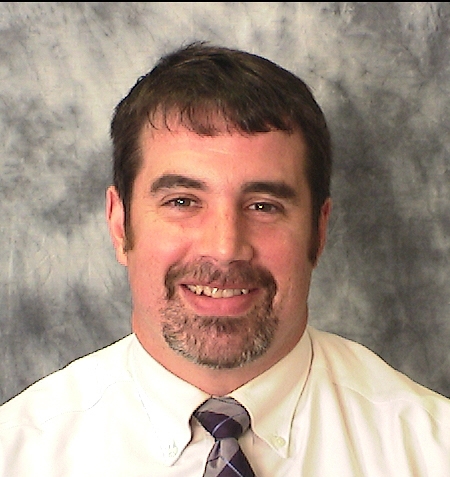My wife tells me that there’s nothing more boring than a golf story, but here goes.
The little white ball sailed majestically into the blue sky, towards the target. Right away, I could tell that it would be a good shot, but at first I was just grateful that I’d managed to make solid contact.
There’s a lot of time for a golf ball to travel through the air towards a target 160 yards away, and golfers often use this time for comments of all types: curses, moans and groans, “you-the-man”-type war cries. But none of us said anything. Five guys were watching, including me, and no one said a word. There was kind of an electric feeling, as I think back on it. Anticipation. Held breath. We watched the ball’s flight and saw it move ever-so-slightly to the right, which was good because that’s where the hole was. And then gravity finished the job: the ball fell to earth, landing on the green right next to the hole. And the next thing we all knew, it had hopped right in the cup. I raised my arms instinctively and then high-fived my playing partners. My first hole-in-one.
How does it feel to hit a hole in one? While it might offend the prickly Golf Gods, my first thought was, it’s about flipping time. I’ve been playing golf for more than 30 years, which means thousands of swings—some admittedly better than others—and hundreds of lost balls. Sure, I’ve hit a lot of shanks, whiffs, sculls, tops, and other miscues, but I’ve also executed more than my fair share of good shots, and I hadn’t come close to a hole-in-one before I stepped to the tee at the ninth hole at Crumpin-Fox Golf Club on the longest day of the year. Just a few weeks earlier, in fact, it occurred to me that I might never get a hole-in-one. The odds were certainly stacking up against me: not only was I getting older, but I was playing less golf. That’s not the ideal prescription for achieving golf’s ultimate goal.
I got chills when I put the “1” in the little square on the scorecard. Then I called home and talked to my wife and kids. I also texted a picture of the ball mark and the ball in the hole to a golfing friend who immediately knew what it meant. After our round, I told the starter in the pro shop about my good fortune. He dutifully took down the names of my playing-partners-turned-“witnesses” and notified the local newspaper.
Now that a few weeks have passed, I appreciate the perfection of that moment. I occasionally watch golf on television and am often awed by the athleticism. But there’s an old adage in golf that says, “it’s not how, it’s how many.” Sure, a professional golfer might hit a different shot on that hole, perhaps a prettier shot in some way, but no professional can do better than I did on that hole. Sure, they might match it (if they’re good enough), but they won’t be able to do better. You can’t get a zero on a hole, after all. At that hole at that moment on that day, I did something that no one can do better.
And that’s my dilemma. Now that the accolades have died down, I’m left facing an important philosophical question: If the goal of golf is to complete a hole using the fewest strokes possible (and no, NOT taking any strokes is not the same thing), since I’ve achieved it, do I give it another try? The only possible outcome, after all, can be disappointment. And let’s face it, there’s enough of that in golf already.
Such a silly, sweet, and maddening game.
Andrew Shelffo is the CIO at The Williston Northampton School in Easthampton.


